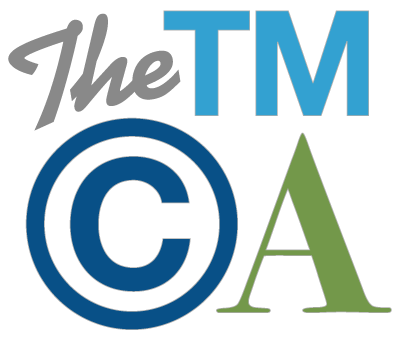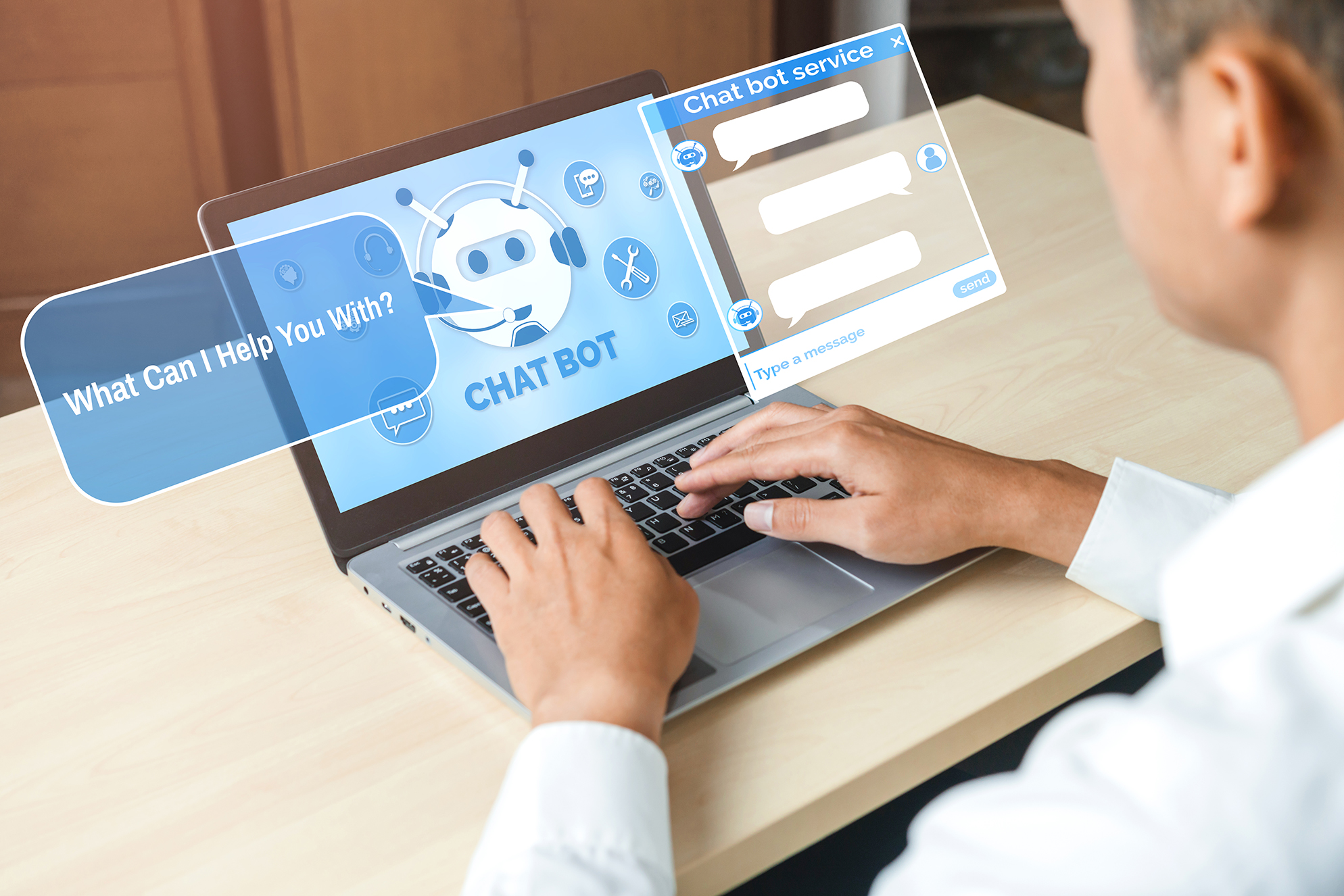ChatGPT: New Tool, Familiar Issues
What is ChatGPT? When asked this innocuous question, ChatGPT introduces itself, more or less, as an AI assistant trained to provide information and answer questions on a wide range of topics. It stresses that it does not have the ability to conduct internet searches or access any information outside of its training data (which stops at 2021).
OpenAI launched ChatGPT in November of 2022 as a general-purpose AI chatbot built upon OpenAI’s GPT3 platform. The program quickly took the world by storm with its ability to produce a wide variety of at times cogent and accurate writings. Though not without flaws, ChatGPT is a sophisticated language model. This chatbot is yet another example of what AI holds for the future. One wonders: what ChatGPT can replace in the present? And, more ominously, what landmines lurk in its use?
ChatGPT raises a number of copyright issues common to AI generally. For example: how to assess copyright infringement risks when interacting with chatbots trained on copyrighted works, such as books. Can one own copyright in what ChatGPT generates? Who, ultimately, owns works the works created?
The legal landscape is still murky when it comes to copyright issues surrounding AI. Comprehensive case law has not yet developed on the subject, nor has statutory or regulatory guidance. As a starting point, the Copyright Office requires human creativity for copyright protection. What level of human creativity is sufficient, however, is unsettled.
For our purposes of testing out ChatGPT, we each provided the same prompt to the bot on two separate days: write a blog post on chatgpt and copyright issues. The output took mere seconds to generate, which can be seen here. Unfortunately, the posts were not particularly insightful, even as starting drafts. Having said that, each output was unique and covered slightly varying copyright issues. The second output was the better of the two, indicating the program improves as it generates responses. As the human involvement here was limited to that simple prompt, it is unlikely to be sufficient for us to claim any ownership in the resulting work. Which raises the question: who does own it?
OpenAI’s terms of use assign to its users all of OpenAI’s right, title, and interest in and to any output produced by ChatGPT in response to a user’s input. The terms, however, are careful to limit the assignment to what OpenAI owns, and specifically provide that ownership is settled only as “between the parties.” Of course, this leaves open the possibility that no rights are actually assigned. In addition, it is unclear if OpenAI’s wrap-around terms are sufficient to constitute the signed writing required under 17 U.S.C. § 204. While it is likely the terms would be enforceable against OpenAI, that question has not been firmly decided. Ownership of the output, thus, remains murky.
OpenAI’s terms further caution that any user’s output may be similar to output of another user. Accordingly, more than one user could claim ownership in the exact same content the bot generates. Do any of those users own anything? Are these similar or exact works like the proverbial copies of Romeo and Juliet that coincidentally spring from the minds of authors without any exposure to the other’s works, each of which is protected and none of which infringe the others? Relatedly, can one lack exposure to the underlying copyrighted work if the tool used to create the new or derivative work was exposed? Or are these works more akin to copies that roll off a more sophisticated copy machine, each of which is an infringement? Instead, AI outputs may be public domain works from the outset.
This brings us to the question of whether the outputs are infringing. ChatGPT relies, by its own explanation, on multiple texts and documents from various sources, many (most?) of which are copyrighted works. It is uncertain if some or much of any output is a copy of, or quite similar to, the foundational sources. Outputs may also be derivative works of one or more of the foundational sources. Both of the bot’s blog posts highlighted this issue. Its recommendation was to ask permission from the sources. Yet, the bot acknowledged the difficulty in seeking permission, as the sources are not identified. Unfortunately, the bot is not quite sophisticated enough to recognize the catch-22 it created. Understanding what the underlying works are, as well as the extent to which they are used, is necessary to determine issues of infringement, licensing and fair use. In some clever cross-marketing, the second blog output directed readers to a sister program that it says will curate and identify underlying sources, OpenAI API, which is currently available in private beta.
For now, you can count on ChatGPT to give you a coherent, and oftentimes correct, response to your questions—save for queries reliant on information past the timestamp of 2021. In that way, the bot appears to be most useful as a search engine alternative. Too many issues remain unresolved to rely on the tool as a draft generator or an effective substitute for human effort. But keep your eyes and ears open for the fast moving developments with AI and legal resolutions. As AI increases in sophistication and its legal issues are gradually resolved, we can expect that more advanced uses will become viable.









